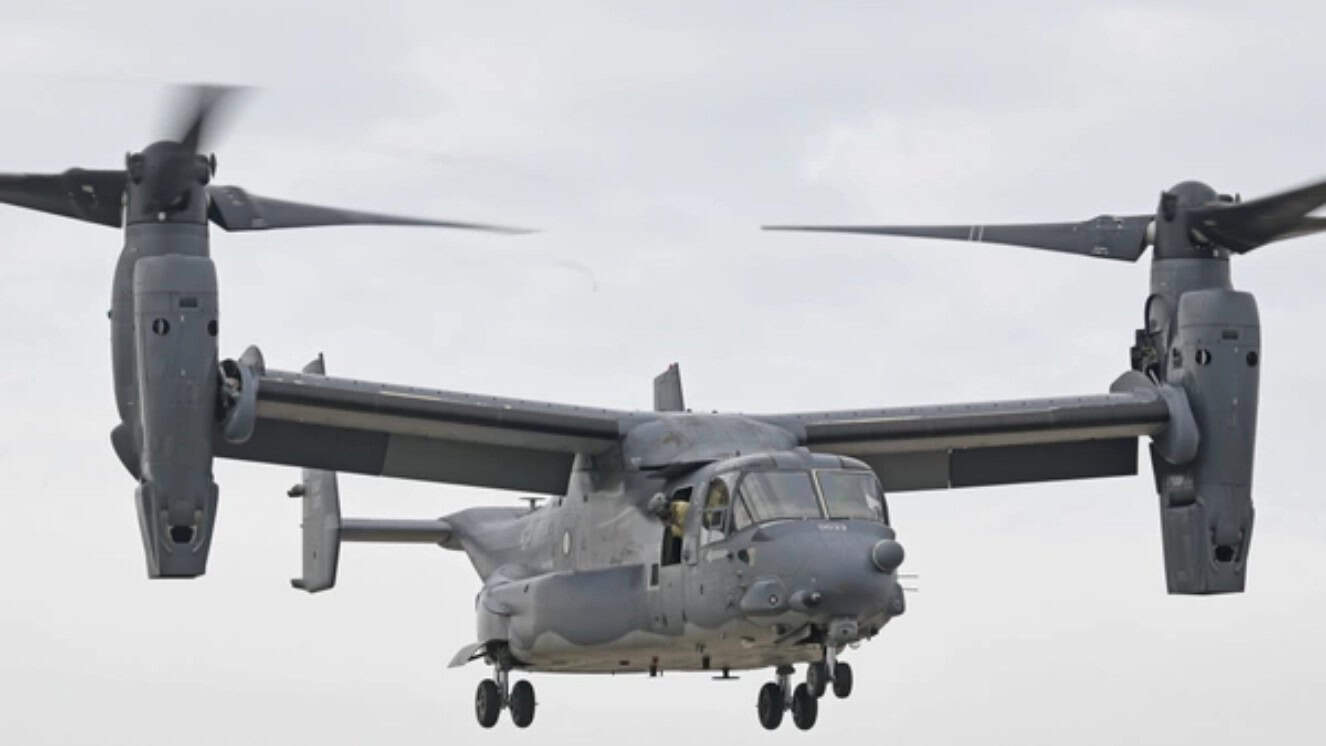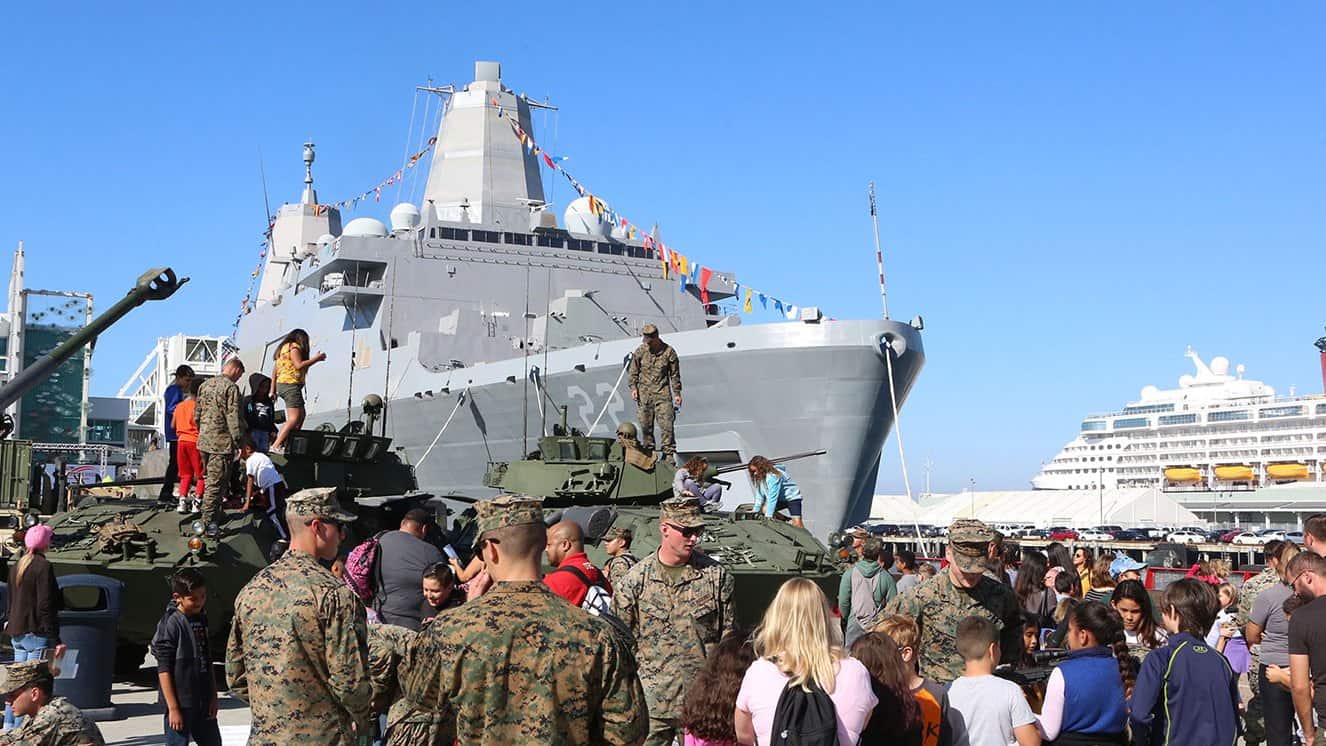THE ANTI-SHIP MISSILE COULD DEFINE WARFARE IN THE PACIFIC

Even back in ancient Greece, Homer would write legendary poems detailing naval warfare. Basically, since man has figured out how to traverse water, we’ve also been fighting while doing so. Today, the anti-ship missile (AShM) is one method of handling enemies, as vessels are much more complicated than they were thousands of years ago. Having a strategy involving the anti-ship missile is critical for any nation but particularly for the major players in a potential conflict involving the Pacific Ocean. The United States, Taiwan, and China remain at peace, but for how long? Should war break out, anti-ship missiles are a big part of each’s defense strategy. Suggested read: The History of the Battleship Board Game: From WWI to the Big Screen
How Do Anti-ship Missiles Work?
An anti-ship missile (AShM) is a precision-guided weapon specifically designed for targeting ships and large boats. Typically sea-skimming, these weapons employ a combination of inertial guidance and active radar homing for accurate navigation. Some variants use infrared homing to track a ship's heat emissions, while others can be guided through radio commands. Originating in Nazi Germany, the first anti-ship missile, the Fritz X, demonstrated effectiveness during 1943–44 in the Mediterranean Theatre. Today, anti-ship missiles can be deployed from various platforms, including surface warships, submarines, bombers, fighter planes, patrol planes, helicopters, shore batteries, land vehicles, and even infantry-fired shoulder-launched missiles. When launched from surface warships, they have the name ship-to-ship missiles, while longer-range variants, long range anti-ship missiles (LRASMs), are anti-ship cruise missiles.
Where China, Taiwan, and the United States Stand
The use of naval warfare is going to continue to be of importance as modern conflicts demand fleets capable of multiple tasks. This goes beyond simply engaging with ships on or below the surface. Now, there is defensive and offensive assistance to land and air operations. With this shift, the importance of the anti-ship ballistic missile becomes that much more important as nations strategize how to overpower each other. The Pacific is heating up and many important players in a potential future conflict are preparing just in case a worst-case scenario becomes tomorrow’s reality:
China Anti-ship Missiles
China has amassed a range of anti-ship missiles, including the YJ-12, YJ-18, YJ-83, DF-21, and DF-26, used across various platforms. These weapons, evaluated based on launch cell compatibility, platform fit, range, flight time, quantity procured, and deployment per platform, outlines China's capability for massed fires against warships. Each has its own tactical advantages. For example:
- The YJ-12 is an anti-ship missile for bombers and coastal launchers.
- The YJ-18 is for submarines and large surface warships.
- The YJ-83 is for multi-role aircraft and smaller surface warships.
- Finally, both the DF-21 and DF-26 are China's long-ranged land-based anti-ship ballistic missiles.
While there are additional anti-ship missiles in China's inventory, they are comparatively less common than these five. Except for the YJ-83, all these weapons are relatively recent additions to China's anti-ship arsenal, introduced in the past decade and a half. While the exact depth of China's inventory remains less transparent than that of U.S. forces, the U.S. Department of Defense (DoD) believes they are outpacing the world’s production. This has been a similar trend in the last few years.
Taiwan Stockpiles
Facing an increasing threat from China, Taiwan is purchasing 400 U.S. land-launched Harpoon missiles through a $1.17 billion contract announced by the Pentagon on April 7. While the purchase does not have confirmation, experts have reported the contract with production will be complete by March 2029. The Pentagon, while not commenting directly on the deal, emphasized the U.S. commitment to providing Taiwan with defense articles and services for its self-defense capability. However, Taiwan's Defense Ministry spokesperson confirmed the purchase and expressed confidence in the deal proceeding as scheduled. Experts believe the anti-ship missile deal to be legitimate.
U.S. Anti-ship Missiles
The United States is no stranger to the use of AShMs, but beginning in 2024, a noted shift is coming. Submarines will have anti-ship missiles (Tomahawks) specifically built to take down ships. The move is a direct way to bolster forces around Taiwan which may otherwise face threats from China. Known as the Maritime Strike version of the Tomahawk, the U.S. expects them to be ready to go late in 2024, sometime after October 1st. Interestingly enough, America is also planning on bringing thousands of drones into the region to help defend against China’s fleet. Related read: How Far Is Taiwan From China?
How Effective Are Anti-ship Missiles?
There are a lot of factors that go into assessing the effectiveness of AShMs and research is still ongoing. With that being said, here are some of the important factors:
- The number of missiles launched at once.
- The type of defense system an enemy ship and its surrounding fleet is equipped with.
- Whether or not you hit the target.
Warheads large enough to sink carriers and a trend to increase the size of warheads are making for costly but deadly weapons. How an anti-ship missile plays out in a real war between global superpowers, as of now, is anyone’s guess. Hopefully, we all have to keep guessing. Read next: Biden, Taiwan, and How We Got Here



